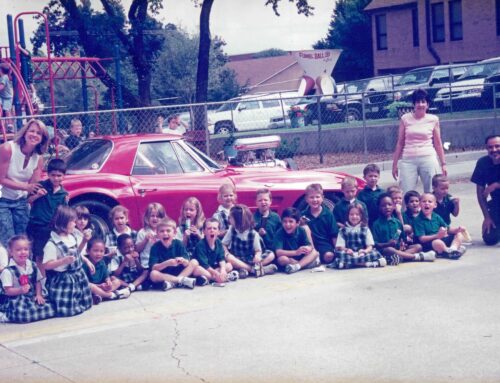Lisa Payne’s home décor is an eclectic combination of antiques, fine art, and yellow-green Vaseline glass — with the latter everywhere you look. From the elegant display of Victorian Vaseline glass in lighted curio cabinets to the dining table set with yellow-green crystal to the bowl on the cutting board in the kitchen, it’s obvious that this collectible occupies a place of honor.
Also known as Fluorescent, Uranium or Magic glass, Vaseline glass can range from amber to yellow-green in color, and it can be opaque as well as translucent. The hunt for the “glass that glows” became an acceptable pastime even for Payne’s husband whose fancy, up to that point, she says, had only been taken by “things red and fast.”
“For many years, it was our entertainment on the weekends,” she adds.
Martin Klaproth, in 1789, achieved the first successful separation of uranium oxide from pitchblende. Josef Riedel, a Chech, perfected the yellow and green glass coloring process, and the Dolny Polubney glass factory in former Bohemia (a region now shared by the Czech Republic, Austria, and Germany) was the site of its first production.
The Bohemians experimented with other elements; selenium to achieve pink uranium glass and sulphur and cadmium to achieve orange and amber uranium glass, respectively. European Vaseline glass was made into decorative pieces, unlike in America where the focus was on tableware.
Boyd Glass and Fenton Art Glass are two American glass manufacturers still producing Vaseline glass today. These new pieces are stamped unlike old Vaseline glass, which is unmarked. However, the price of uranium oxide is high so it’s unlikely that there will be a resurgence of Vaseline glass manufacturing.
Today, because of its rare qualities and unique history, what was once a five- to 10-dollar collectible can cost hundreds of dollars. “Unless you’re an investor, it can be out of the average collector’s budget,” explains Payne. However, bargains can still be found … .
But she cautions, “Don’t think you can judge its authenticity without a black light.” Buyer’s tip: The uranium oxide stores ultraviolet light and makes the piece glow.





